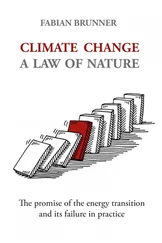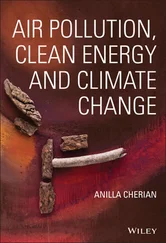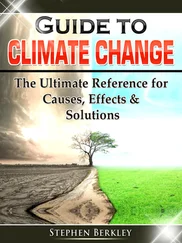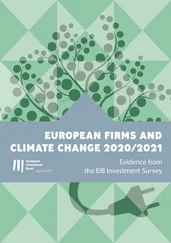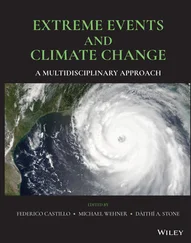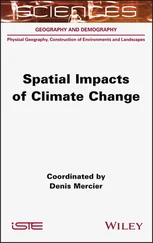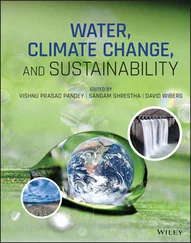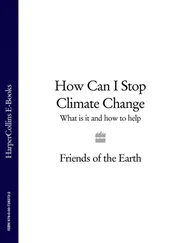1 ...6 7 8 10 11 12 ...22
Working with a global government
Countries must work together through global agreements to deal with, and conquer, a problem as urgent, complex, and wide-sweeping as climate change. Global agreements create a common level of understanding and allow countries to create collaborative goals, share resources, and work with each other towards global warming solutions. No one country can solve climate change on its own, just like no one country created global warming in the first place.
The core international law around climate change is the 1992 UN Framework Convention on Climate Change (UNFCCC) and a series of subsequent agreements, from the 1997 Kyoto Protocol to the current 2015 Paris Agreement. Countries have agreed that globally they will hold to as far below 2 degrees C as possible and preferably to no more than 1.5 degrees. But, collectively, despite marked progress in some nations, particularly within the European Union, the world’s countries aren’t on track to deliver on these goals.
The international discussions are ongoing; government representatives meet on an annual basis for the United Nations Climate Change Conference. These targets we re-affirmed at the last such meeting in Glasgow, Scotland in 2021. We discuss just what goes on at those meetings in Chapter 11.
Helping developing countries
The effects of climate change are taking a particularly heavy toll on the populations of developing countries — countries with little or no industry development and a weak or unstable economy. These countries, which are primarily located in Latin America, Asia, and Africa, have fewer financial resources to recover from events such as flooding, major storm damage, and crop failures. Money that these nations have to spend paying for the effects of global warming is money that they can’t spend building their economies.
Developing countries have little or no major industry development, for the most part (although China has overtaken the United States as the world’s largest polluter), so they don’t add many GHG emissions to the atmosphere. Even China, with its growing industry, lags far behind the emissions of industrialized nations on a per-person basis. Because industrialized countries have been the primary GHG emitters, they have the main responsibility for reducing emissions, and they can also play a role in helping developing countries shift to renewable energy sources and adapt to climate impacts. For more about how developing nations are addressing climate change, see Chapter 12.
Everyone can play a part in slowing down global warming, and humanity doesn’t have time to start small. Solving climate change requires a major commitment from everyone — from big business and industry to everyday people. Combined, the following changes can make the necessary difference.
Changing to alternative energies
Fossil fuels (see Chapter 4) are the primary source of the human-produced GHGs causing global warming. Although they’ve fueled more than a century of human progress, it’s time to leave them with the dinosaurs. Fortunately, a wide array of energies is waiting to take the place of oil, coal, and gas.
 Here’s a list of renewable resources — energy that doesn’t run out, unlike fossil fuels, and doesn’t pump more carbon into the atmosphere:
Here’s a list of renewable resources — energy that doesn’t run out, unlike fossil fuels, and doesn’t pump more carbon into the atmosphere:
Geothermal: Jules Verne was wrong; the center of the planet doesn’t contain another world, but it does have plenty of heat. People can use that heat to boil water to produce steam that propels turbines and generates electricity. Even areas without geo-heat sources to boil water can heat homes through geothermal energy (the warmth of the earth).
Hydro: People can harness hydropower, or water power, to turn turbines and create electricity.
Solar: Humanity can use the sun’s warmth in a few ways. Solar cells, like you see on some roofs, can convert sunlight to electricity. People can also heat buildings and water with the sun’s direct heat.
Waste: Garbage is more than just trash. It offers astounding possibilities. People can harness the methane emitted from dumps, burn the byproducts of agriculture as fuel, and even use old frying oil as a type of diesel.
Wind: Remember that pinwheel you had as a kid? Giant versions of those wheels are popping up all over the world as wind turbines, generating clean electricity for homes, businesses, and entire energy grids.
Feeling charged up? Check out Chapter 13to further explore the renewable-energy possibilities, and Chapter 17to see how rapidly some of these changes are happening already.
Big industry is the largest contributor to GHG emissions, and it can make the biggest contributions to the fight against global warming. Although some of the changes that businesses can make may have an initial impact on the businesses’ pocketbooks, many of these changes may even save businesses money in the long run.
Industrial-strength solutions
The greatest immediate change businesses and industries can make is to improve their efficiency. Companies waste a lot of energy powering antiquated equipment, heating poorly insulated buildings, and throwing out materials that they could recycle. Chapter 14details some of the ways that companies can pull up their socks and make smarter use of energy, and it also shares some impressive success stories.
Ideally, renewable energy will ultimately power industry. Industry dependence on fossil fuels must rapidly decrease. Currently, some scientists and industries are trying to store carbon emissions underground. This solution is controversial, however. We consider the issue in Chapter 13.
Green fixes for forestry and farming
The forestry and agriculture industries can do more than just cut back on their GHG emissions; they can actually increase the amount of carbon that’s absorbed from the planet’s atmosphere. (See Chapter 2to take a ride on the carbon cycle and understand the critical role that plants play in keeping Earth livable.)
 Around the world, forests are being cut down, removing valuable carbon sinks, which absorb carbon from the atmosphere. Where they harvest trees, logging companies need to explore methods other than clear-cutting; selectively harvesting trees enables forests to continue to thrive. In other countries, particularly in South America, people are clearing forests for farmland. Losing those forests is particularly costly for the atmosphere because, unlike forests in more temperate climates, these rainforests absorb carbon year-round. Deforestation methods have to change.
Around the world, forests are being cut down, removing valuable carbon sinks, which absorb carbon from the atmosphere. Where they harvest trees, logging companies need to explore methods other than clear-cutting; selectively harvesting trees enables forests to continue to thrive. In other countries, particularly in South America, people are clearing forests for farmland. Losing those forests is particularly costly for the atmosphere because, unlike forests in more temperate climates, these rainforests absorb carbon year-round. Deforestation methods have to change.
Farming’s solution for global warming is dirty — or how dirt is treated. Believe it or not, a simple action like excessively tilling the land causes carbon to be released into the atmosphere. And when farmers add GHG-laden fertilizers to the soil, they release even more emissions. By cutting back on tilling the land and using less fertilizer, farmers can be a potent part of the solution to climate change. Regenerative agriculture (an approach to farming that works to rebuild topsoil) can play a big part in avoiding climate disaster.
You’re a vital part of the climate change solution, too. As a citizen, you can ensure that governments recognize the importance of global warming and follow through on their promises. As a consumer, you can support companies that are making the biggest strides in fighting climate change and encourage other companies to make reducing GHGs a priority. If you’re really passionate about having your voice heard, you might even want to consider joining a group dedicated to spreading the word about global warming. We tell you how you can get involved in Chapter 15.
Читать дальше
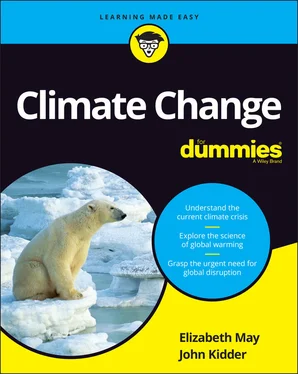
 Here’s a list of renewable resources — energy that doesn’t run out, unlike fossil fuels, and doesn’t pump more carbon into the atmosphere:
Here’s a list of renewable resources — energy that doesn’t run out, unlike fossil fuels, and doesn’t pump more carbon into the atmosphere: